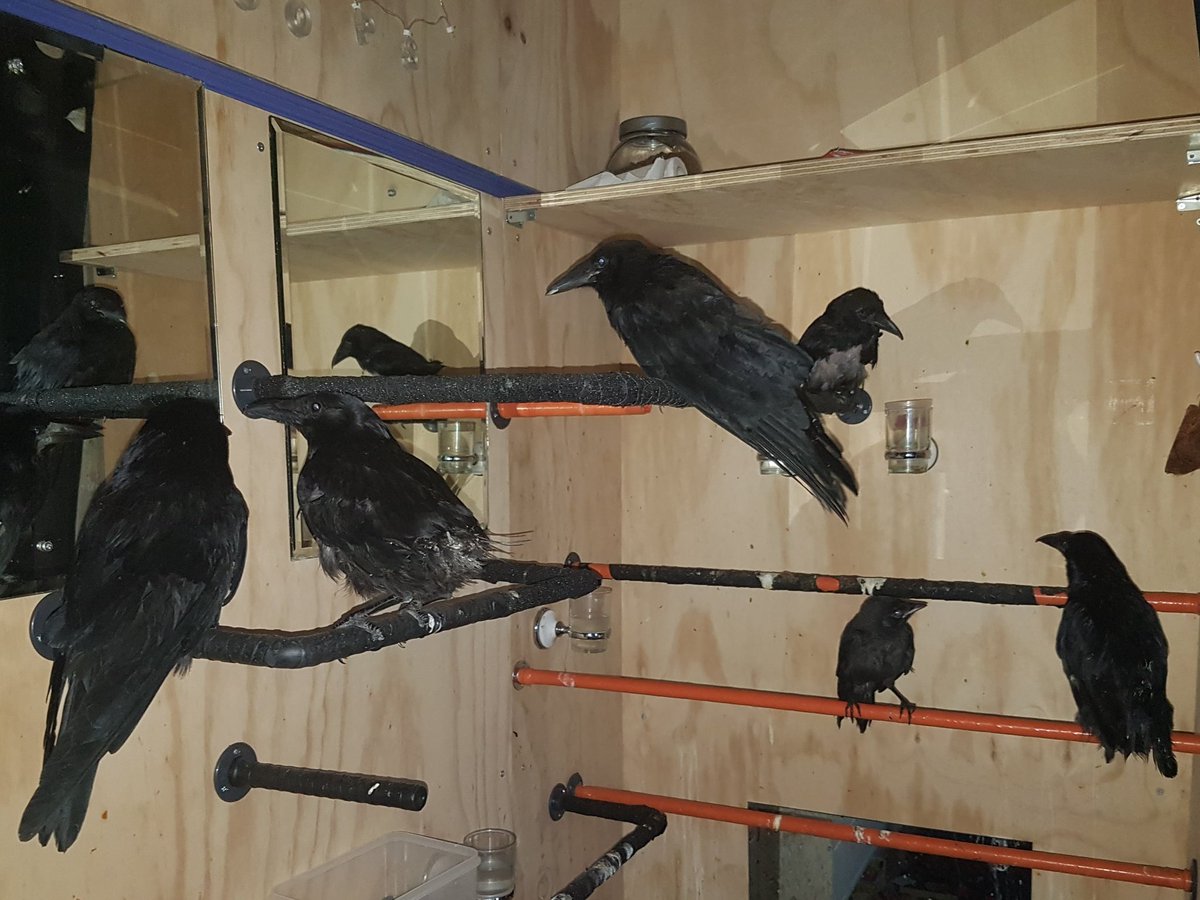

Even in “tiny brains like those in bees or even ants,” said Brian Butterworth, a cognitive neuroscientist at University College London and author of the forthcoming book Can Fish Count?, “there is a mechanism that enables the creature to read the language of the universe.” A Competence for “Number” There are still more questions than answers, but neuroscientists and other experts have learned enough to amend and broaden perspectives on animal cognition.

Scientists are puzzling over why nature has gifted so many animals with at least a rudimentary knack for numbers, and what if anything that might tell us about the deep origins of human mathematics.


The fact that those three species are from diverse taxonomic groups - primates, insects and birds - suggests that certain numerical abilities have evolved over and over again throughout the animal kingdom. And in a paper published in the Journal of Neuroscience in June, researchers reported that crows can do it, too.
The crow 1 2 3 how to#
In fact, experiments have shown that both monkeys and honeybees know how to treat zero as a numerosity, placing it on a mental number line much as they would numerosity one or two. Many species have displayed a capacity for abstraction that extends to performing simple arithmetic, while a select few have even demonstrated a grasp of the quantitative concept of “zero” - an idea so paradoxical that very young children sometimes struggle with it. Now, researchers are uncovering increasingly more complex numerical abilities in their animal subjects. This mental representation of set size, called numerosity, seems to be “a general ability,” and an ancient one, said Giorgio Vallortigara, a neuroscientist at the University of Trento in Italy. They don’t just have a sense of “greater than” or “less than,” but an approximate sense of quantity: that two is distinct from three, that 15 is distinct from 20. Practically every animal that scientists have studied - insects and cephalopods, amphibians and reptiles, birds and mammals - can distinguish between different numbers of objects in a set or sounds in a sequence. The first frog then responds with three, the other with four, and so on up to around six, when they run out of breath. One species of frog bases its entire mating ritual on number: If a male calls out - a whining pew followed by a brief pulsing note called a chuck - his rival responds by placing two chucks at the end of his own call. Some ants keep track of their steps some spiders keep track of how many prey are caught in their web. Lionesses tally the number of roars they hear from an intruding pride before deciding whether to attack or retreat. Honeybees count landmarks when navigating toward sources of nectar. An understanding of numbers is often viewed as a distinctly human faculty - a hallmark of our intelligence that, along with language, sets us apart from all other animals.īut that couldn’t be further from the truth.


 0 kommentar(er)
0 kommentar(er)
